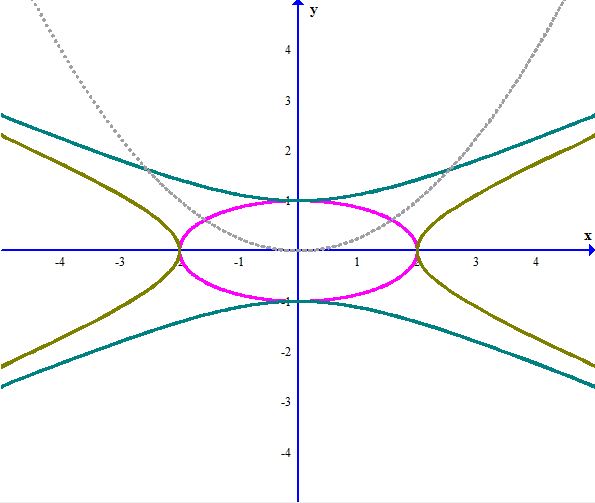 
Required Vocabulary for MYP1
The student needs to master every word on the list below. The list includes a working vocabulary.
That means the student needs to know the meaning of the word or phrase and how to apply it if it indicates some kind
of action (for example the word solve). Working vocabulary words or phrases are in bold.
New words and phrases will constantly be added to the list.
Numbers
natural number counting number
factor
factor(s) of multiple(s) of whole
number
integer
rational number
real number fraction numerator denominator reduce by ___ reduce to lowest
terms expand by __ proper fraction
improper fraction mixed number simplify write as a mixed number common denominator
least common denominator decimal number whole part
decimal part place value
Arithmetic operations Add, Find the sum Subtract, Find the difference Multiply, Find the
product Divide, Find the quotient, Find the ratio
Find __ to the __ power, How much is __ to the index of __ Evaluate
(a numerical expression)
Geometry point line form(s) segment ray line
angle side of an angle vertex triangle side of a triangle perimeter area Find the perimeter Find the area of the rectangle Find the area of the triangle
Graphing graph (noun, meaning picture representing data) graph (verb, meaning draw a graph) number line
x-axis y-axis origin
draw/mark a point draw/mark a point (on graph paper) T-chart Evaluate y for x = (some number) Find y when x = (some number)
Problem Solving What is the question?
What is the situation? What is the same problem in simpler or more personal terms? What is the data? Presentation Form
|
|
 |
 |
 |
|
Mathematics for the Intuitive Learner
|
 |
|
Math 6 (MYP1)
|
 |
|
|
 |
 |
|
Everyone, please read the note at the bottom of the home page!
Week of November 3 (and after)
The class is taught in strands. Each class period, the students are presented two to three topics (strands) that
are not mutually dependent. In other words, they don't need to know one subject to understand the other one.
This
approach avoids boredom and brain meltdown. It also allows me to revisit each topic more frequently, giving the students
more opportunities to ask questions and catch on.
|
|
|
Current Topics
We are beginning to work on arithmetic table skills. Students should be fluent in their intuitive knowledge to the
addition, subtraction, multiplication and division facts.
This will continue most of this nine week
period.
This week we will be finishing all review of addition and subtraction rules for decimal numbers. The class should
be able to work ANY of the following problems: page 199: 8 - 16
We should also be finishing up multiplication of decimal numbers. The class should be able to work ALL problems
on p. 207: 1 - 12.
We will be starting serious fraction work. See the following problem sets: Pages 147,8: 2-4; page 152: 4,
5
|
|
 |
|
Completed Topics
Arithmetic: Adding, subtracting whole numbers efficiently.*
Geometry: Vocabulary to describe shapes - Level I: Point, Segment, Ray, Line,
Angle, Triangle, Quadrilateral, Pentagon, Hexagon, Octagon, Polygon Vocabulary to describe triangles
- Level 1: Vertex, Vertices, Angle, Side Measuring Angles with a Protractor
Graphing: Plotting points onto a two-axis Cartesian graph.
__________________________________ *efficiently is used here to mean without the
usual written-out carryings, borrowings and various others thinking steps traditional to grade-school arithmetic.
|
 |
|
|
|
|
|
